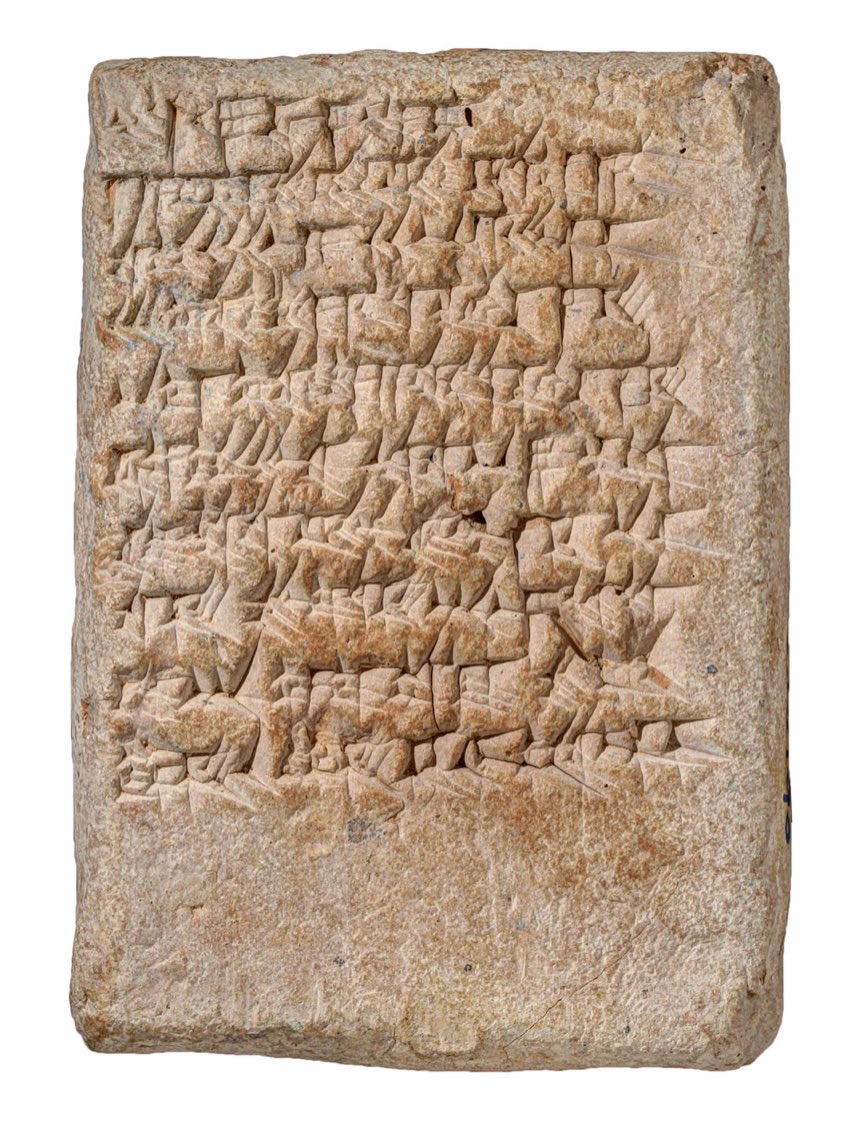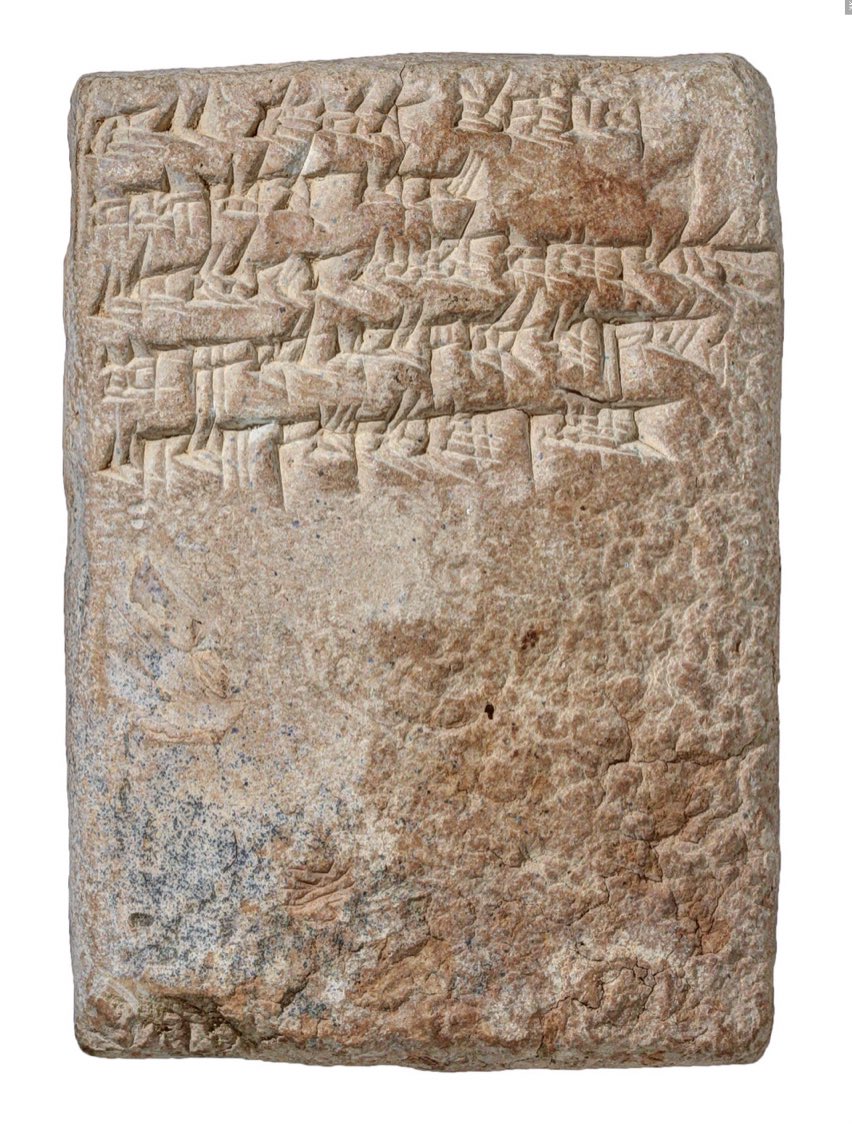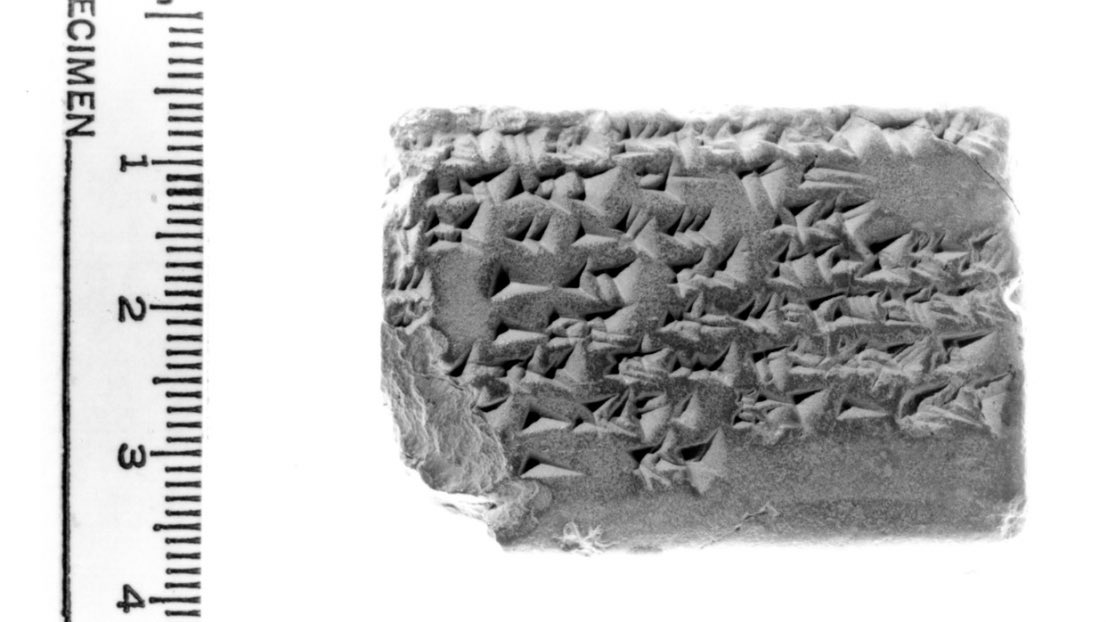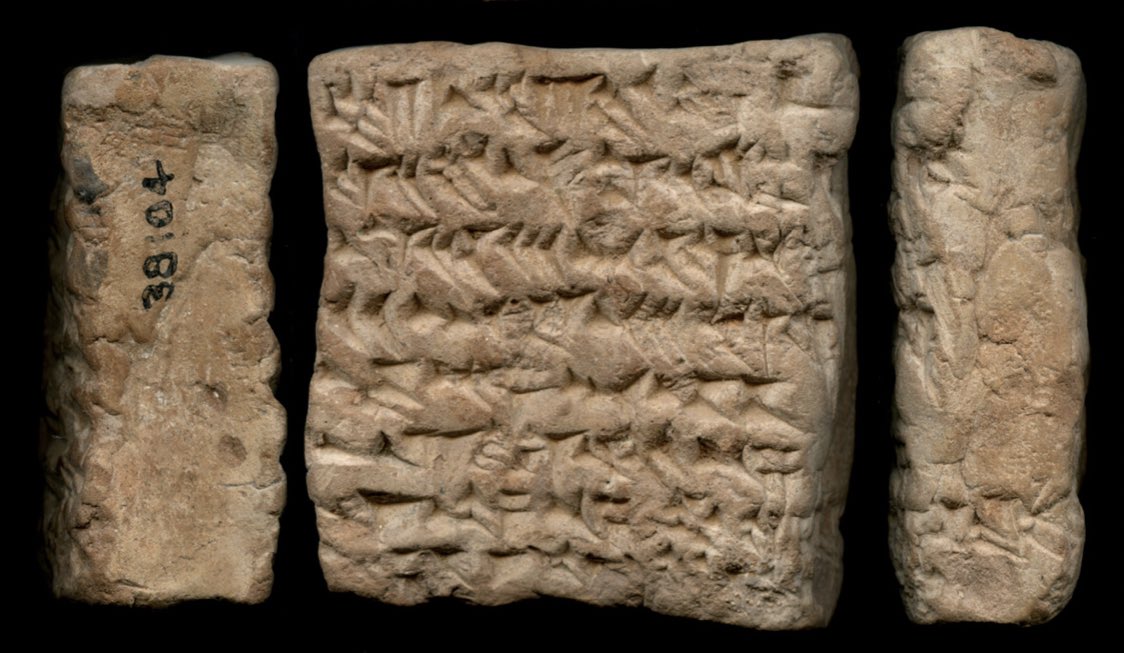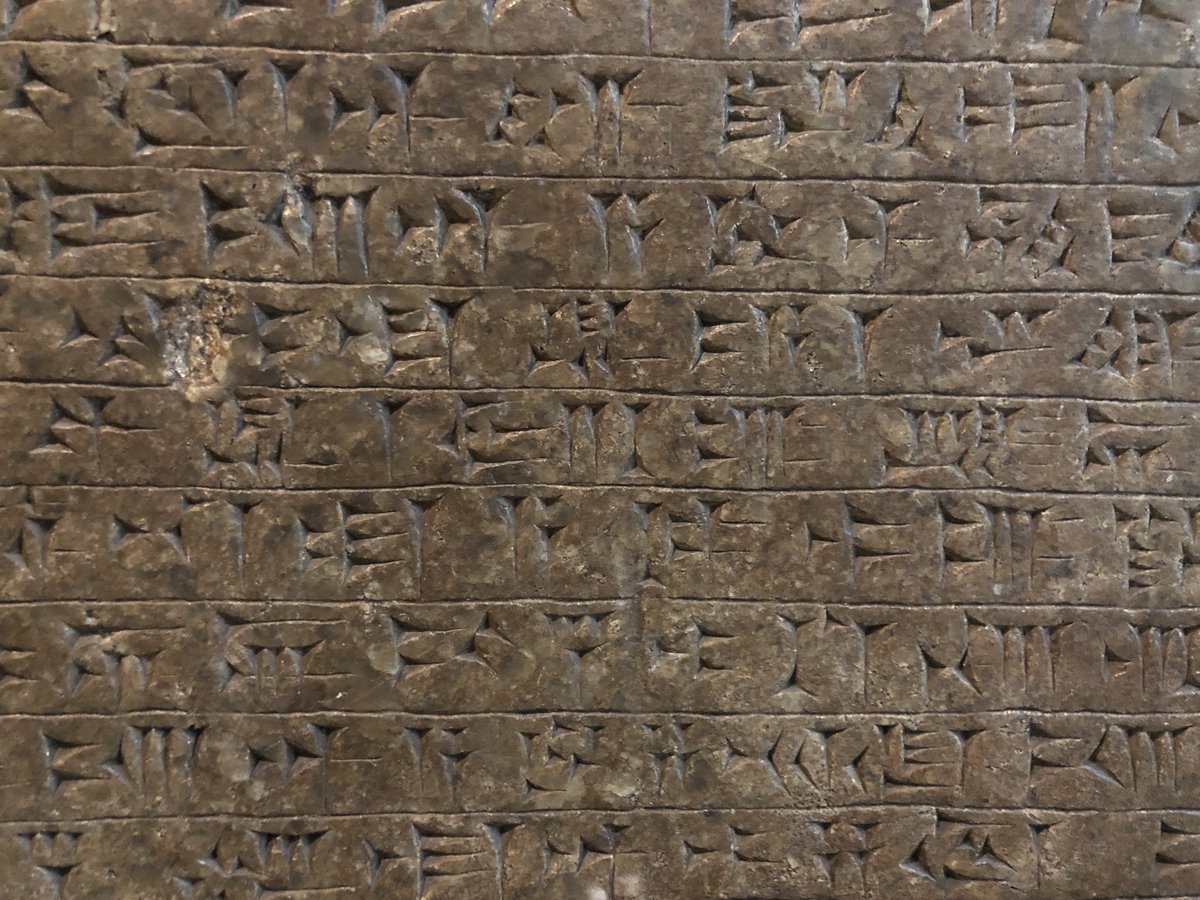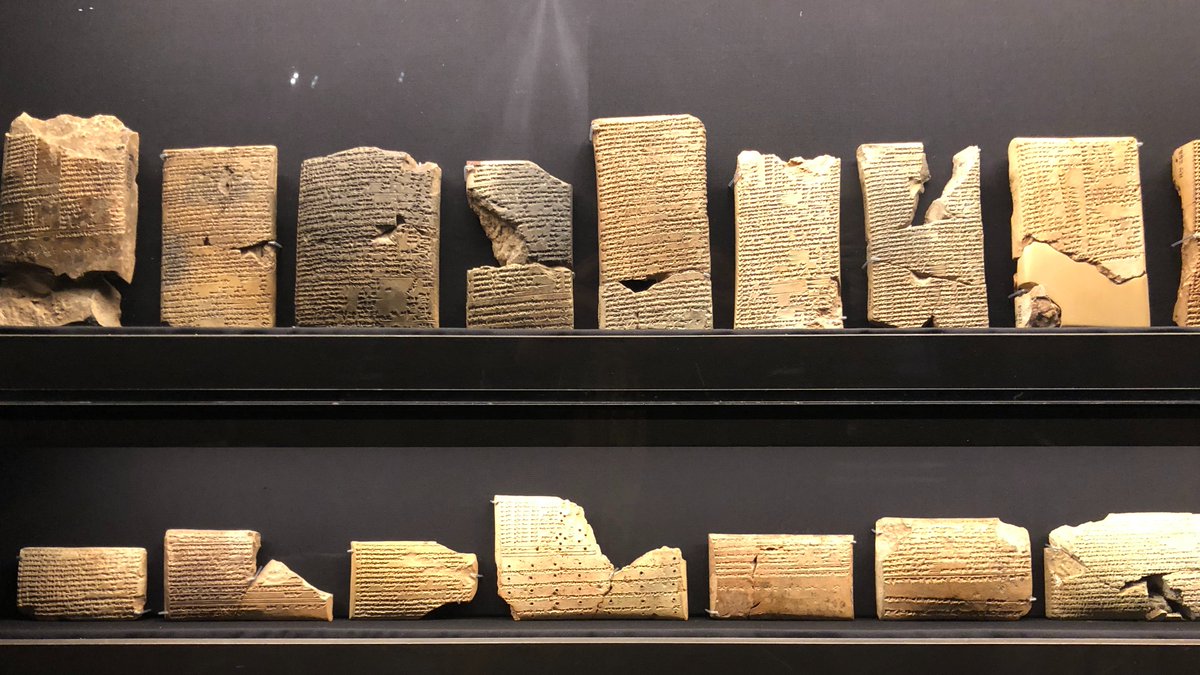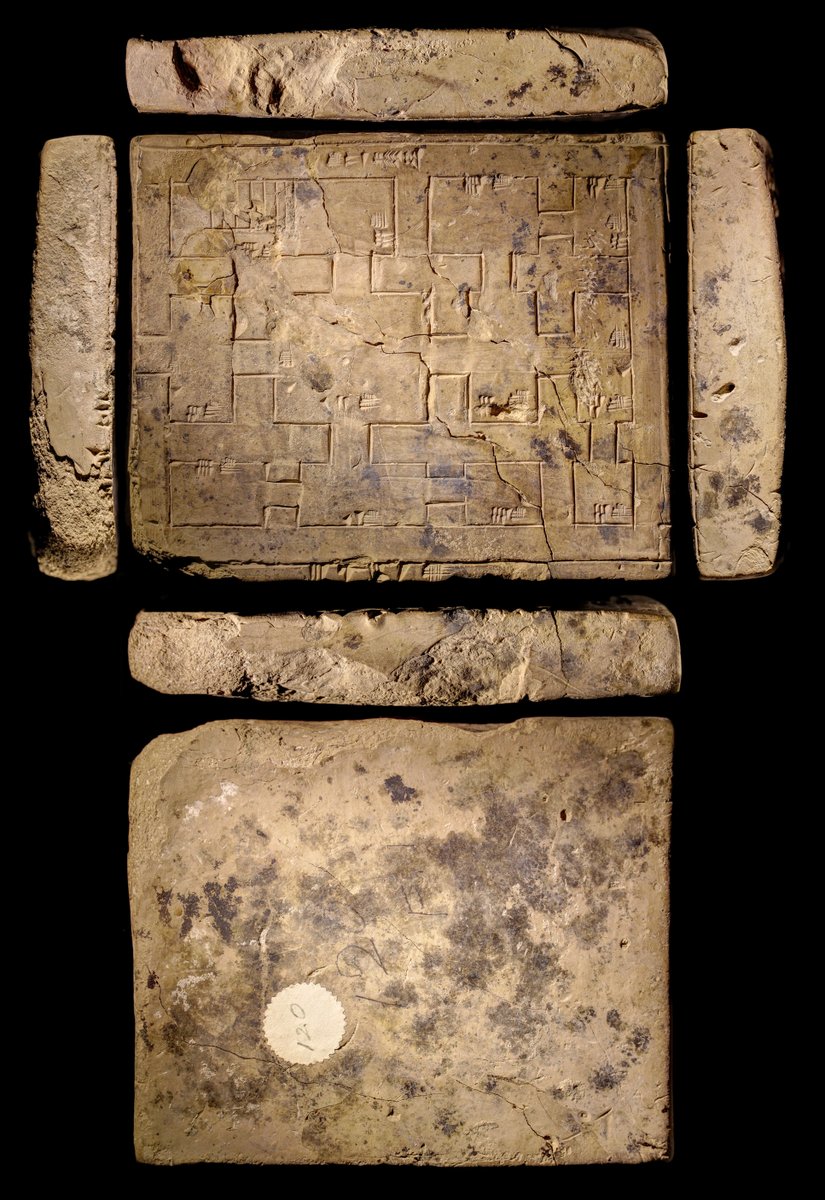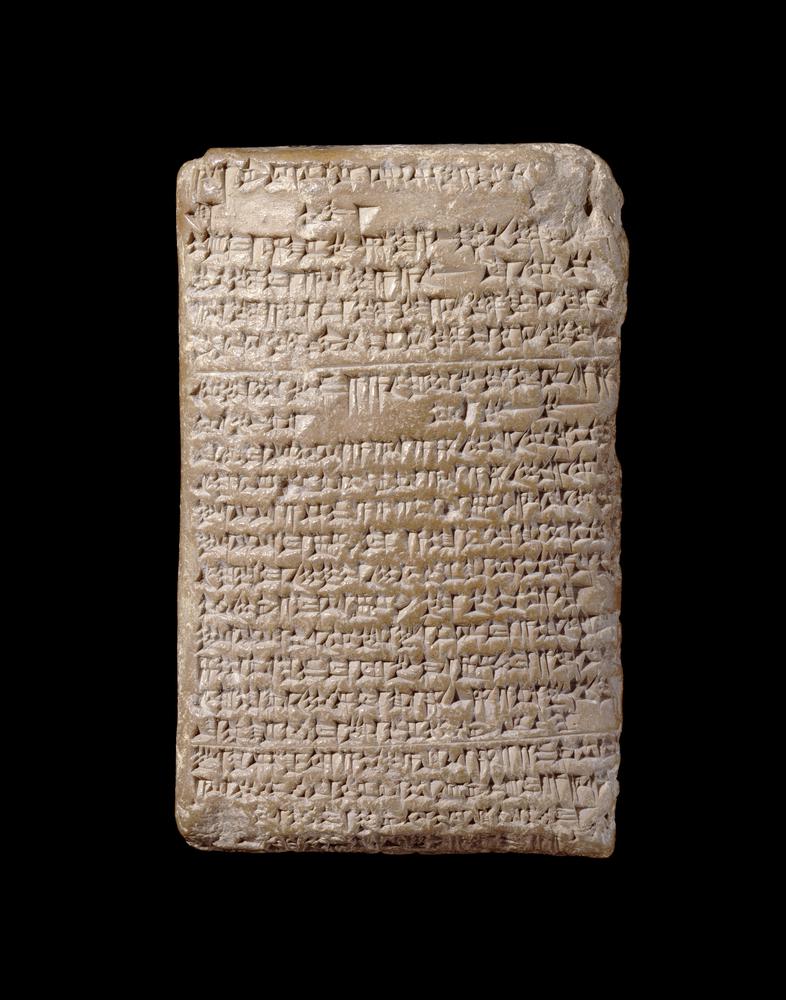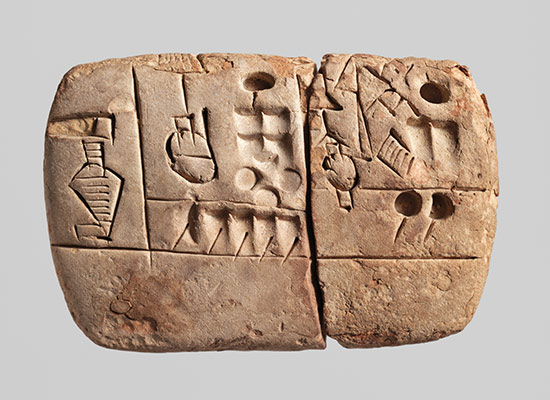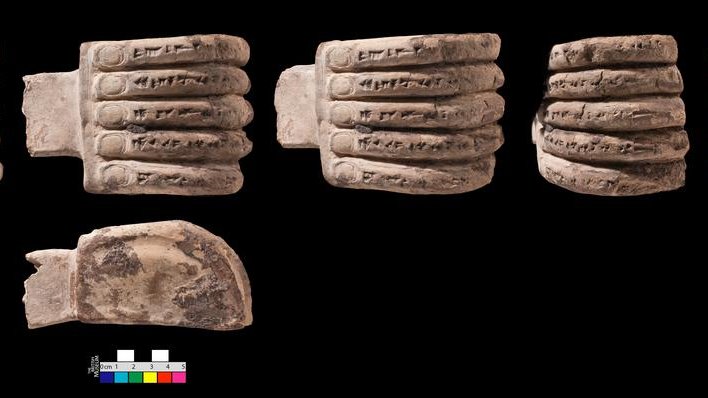Today, I’d like to introduce you to a woman named Lā-tubāšinni (pronounced La-tubashinni) who fought for her children in Babylon in October of 560 BCE 

Although details of her early life are murky, she may have been adopted only to eventually be sold by her adoptive mother, Hammaya, into marriage.
This marriage-by-purchase might be how she ended up a slave.
Source: Cornelia Wunsch 1998 academia.edu/734422/_1997_9…
This marriage-by-purchase might be how she ended up a slave.
Source: Cornelia Wunsch 1998 academia.edu/734422/_1997_9…
The history of slavery in ancient Mesopotamia does not give a clear-cut divide between enslaved and free. There were degrees of freedom and mobility among enslaved and free(d) people. It’s nuanced, important social history.
Image: the sale of an enslaved person named Aya-idâ
Image: the sale of an enslaved person named Aya-idâ

Those interested in the history of slavery in the ancient world might want to explore the work of Dr Nicolas Reid.
He has researched enslaved peoples, fugitive slaves, the children of slaves, imprisonment, and other important topics in ancient Mesopotamia rts.academia.edu/NicholasReid
He has researched enslaved peoples, fugitive slaves, the children of slaves, imprisonment, and other important topics in ancient Mesopotamia rts.academia.edu/NicholasReid
Lā-tubāšinni of ancient Babylonia had (that we know of) 6 children—4 boys and 2 girls—with her husband named Dāgil-ilī.
Sources attest to their status as slaves, just like their mother. This tablet records a sale of her daughters and one son on Sept 5, 560 BCE
Sources attest to their status as slaves, just like their mother. This tablet records a sale of her daughters and one son on Sept 5, 560 BCE

I know Babylonian names can be difficult because they are usually full sentences, but I think we should remember the names of Lā-tubāšinni’s 6 children.
Her daughters were Kišrinni and Gimilinni.
Her sons were Nabû-ēda-uṣur, Bēl-aha-uṣur, Esagil-rēṣua, and Ardiya
Her daughters were Kišrinni and Gimilinni.
Her sons were Nabû-ēda-uṣur, Bēl-aha-uṣur, Esagil-rēṣua, and Ardiya

At some point, Lū-tubāšinni was manumitted, a fancy way of saying freed. What did she do the moment that she could?
She fought for her children’s freedom. A lawsuit dated to October 29, 560 BCE records her case brought before a minister and the king’s judges.
She fought for her children’s freedom. A lawsuit dated to October 29, 560 BCE records her case brought before a minister and the king’s judges.

In the court case, she claims that she gave birth to 5 of her children “after the writing of my tablet of manumission”—i.e., after she was freed.
But written evidence was presented that suggested otherwise.
“The minister and judges investigated the circumstances of their case.”
But written evidence was presented that suggested otherwise.
“The minister and judges investigated the circumstances of their case.”
In the end, Lā-tubāšinni in Babylon on October 29, 560 BCE managed only to secure the freedom of one of her children, Ardiya.
The case is quite a depressing one, but it tells us a lot about the social and legal history of ancient Babylonia 2,500 years ago.
The case is quite a depressing one, but it tells us a lot about the social and legal history of ancient Babylonia 2,500 years ago.

You can read the full case in English below, published in Neo-Babylonian Trial Records, by Shalom E. Holtz.
You can read the full case in German here in an article by the brilliant Cornelia Wunsch: https://t.co/fwNYysPShHacademia.edu/734422/_1997_9…



You can read the full case in German here in an article by the brilliant Cornelia Wunsch: https://t.co/fwNYysPShHacademia.edu/734422/_1997_9…



These topics are unfortunately not relegated to the past, I should add.
An estimated ~50 million people, including children, live in modern slavery. You can learn more here, including how to help: antislavery.org/slavery-today/…
An estimated ~50 million people, including children, live in modern slavery. You can learn more here, including how to help: antislavery.org/slavery-today/…
• • •
Missing some Tweet in this thread? You can try to
force a refresh

 Read on Twitter
Read on Twitter


















